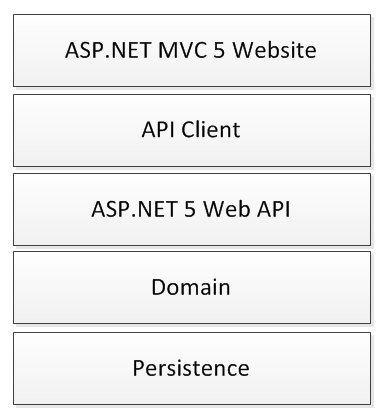MVC Unit Testing Asserts with Rhino Mocks
When I first started learning to use mocking frameworks I was lucky enough to start on Moq which was nice and simple. Whenever I needed to know something there was one single google code page which told everything. Nice! Rhino Mock by example I find hard work, so I put this cheat sheet together to help get up and running quickly.

